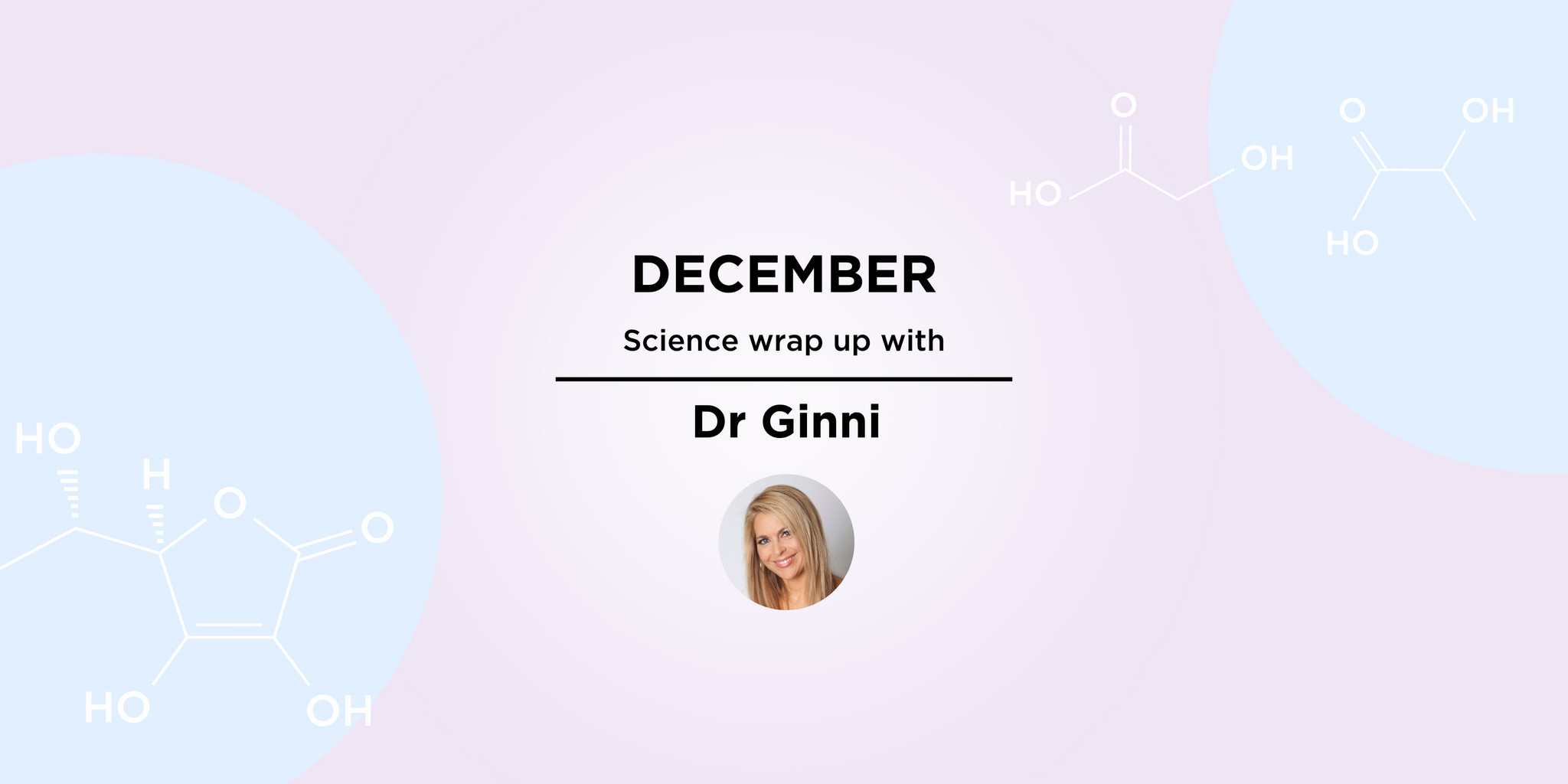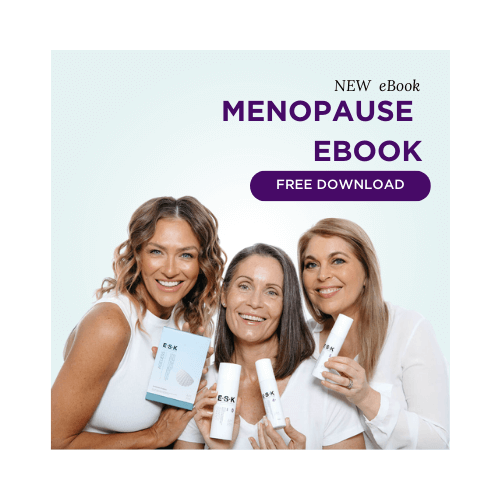
Science Hub
December Science Wrap 2023
29 December 2023
Dr Ginni Mansberg
Can you believe that 2023 is at an end? This year has been a tough one, but it is important for us to say THANK YOU to each and every one of you who has joined our ESK family. We have so appreciated you putting your faith in us and letting us help you take care of your incredible asset- your skin. ESK is growing but we will never change the things that are the bedrock of this company. It’s all about evidence, efficacy and most of all integrity. Our customer service continues to set new standards that we are committed to continuing. As ever, we want to hear from you. If you have feedback, questions, suggestions or comments please email us at info@eskcare.com or call us on 1300884875. Thanks for joining team ESK in 2023, and we can’t wait for you to see what 2024 has in stall for us!
Hot weather? Switch to physical sunscreen.
Medical news site Medscape interviewed American Academy of Dermatology spokespeople, Drs Jacqueline Watchmaker from Arizona and Ross Radusky from Texas. Ordinarily, "the best type of sunscreen is the one you will use again and again," they emphasized. But when temperatures reach 32 degrees Celsius or above, with high humidity, for at least a few days, mineral (also known as physical or inorganic) sunscreens are preferable. That’s because “Chemical sunscreens can lose their filtering abilities when exposed to extremely high temperatures…. Plus Extreme heat also means more sweating, and sweat can contribute to itchiness and rashes some people experience from ingredients in chemical sunscreens.” The experts gave some extra tips; Most of us only apply about 20%–50% of the amount of sunscreen needed to achieve the amount of SPF on the label. "I recommend applying a double layer of sunscreen to areas of the body that are exposed to the most sun such as the face, chest and shoulders," Watchmaker said.
Would you get Platelet Rich Plasma (PRP) injected into your face? Should you?
The latest issue of the journal, Plastic and reconstructive Surgery published a systematic review of studies of “autologous activated PRP and autologous nonactivated PRP” injections for facial rejuvenation. These are sometimes called vampire facials. In this procedure, you have blood drawn (like a blood test). It is then spun in a machine and a concentrated serum, chock full of platelets and growth factors is injected multiple times into the skin. Because you’re injecting a thick blood like substance, we can’t use the same tiny needles used for Botox. Expect pain, bruising and lots of bleeding. So does it work? On the one hand the results in the studies reviewed were good. In fact, 11 of the 12 studies in the review, including three randomized “split-face trials”, showed impressive results- less so for people over the age of 60. On the down side, we were seeing vastly differing techniques used and small studies that were full of holes in terms of the scientists. So the reviewers said they’re looking good but we need more studies.
Hair loss? Check your zinc!
A small Serbian study of 32 people with hair loss found that zinc deficiency in the blood was linked to hair loss. The lower the zinc levels, the worse the hair loss. OK so this study was small. And we lacked that critical data that tells us that TAKING zinc as a supplement will reverse this hair loss. But, it’s worth ensuring your diet has plenty of zinc in it if you’re worried about thinning up top. The best sources of zinc in the diet? Meat, seafood, especially oysters, dairy, eggs. If you’re vegan you can still find zinc in cashews and pumpkin seeds as well as nuts and whole grains.

